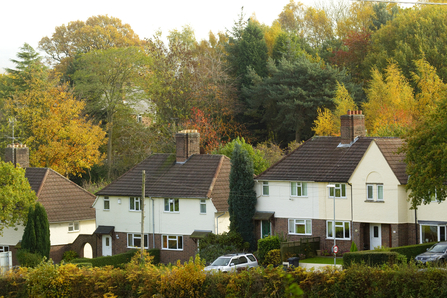The National Planning Policy Framework is the policy that all new development must comply with, whether it is a new 5000 home estate, a business park or two houses at the end of your road.
It sets out the way that different kinds of development should be located, designed and built, and what infrastructure and services (e.g. transport, schools, parks and open spaces) are needed. About 36 square miles of land are used by new developments every year, so the outcome of this consultation is hugely important for wildlife. With one in six species at risk of extinction in the UK, we need to give nature more space, not less.
The proposed changes aim to speed up house building but in doing so there are a number of risks. Whilst the government is attempting to accelerate development, some people think that getting planning permission is not the problem, and that there are plenty of housing schemes ready to build, when the market is right, although this is contested. We will know more when the government review that is looking at this is published.


